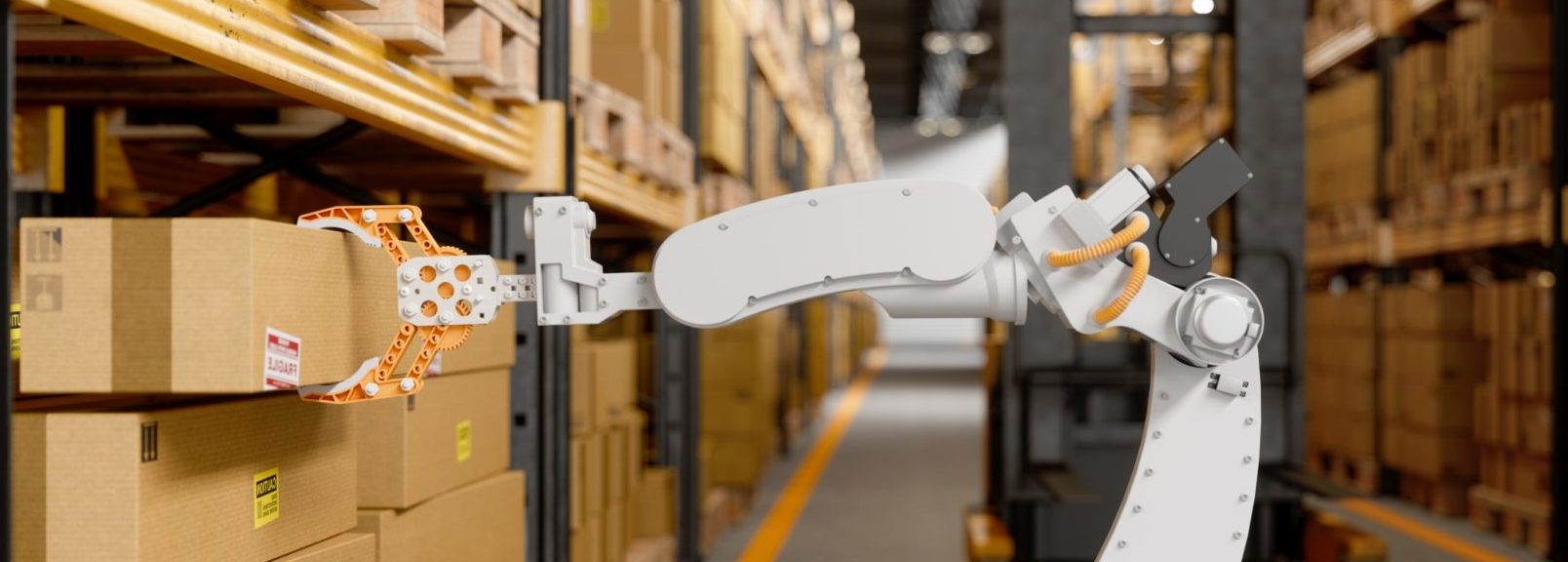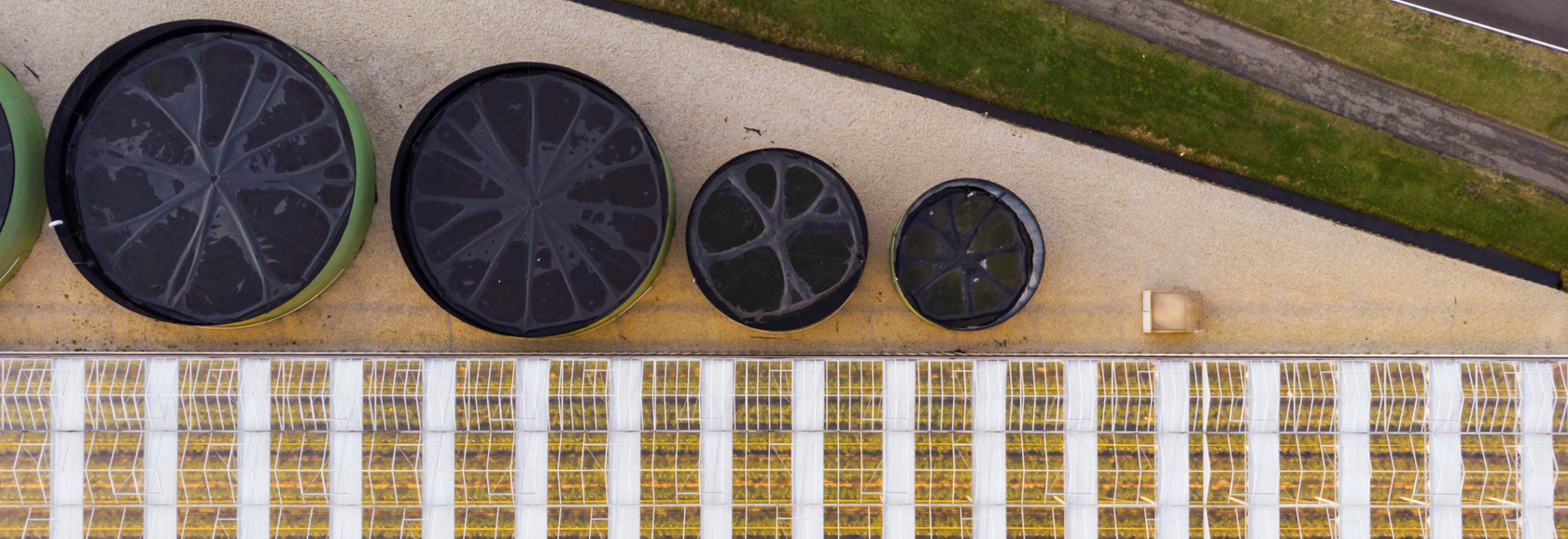Telehealth
IoT technologies have been transforming the global healthcare industry for some years, as connectivity unlocks new possibilities in clinical settings, the home and beyond. With populations aging, and the prevalence of chronic health conditions growing worldwide, the need for predictive and preventative healthcare has never been greater – driving demand for testing and treatments which are more precise and less invasive, yet which can be achieved remotely and at lower operating costs.
$352.88bn
Market for IoT healthcare by 2027
$100bn
Annual efficiency savings from IoT healthcare
2,314EB
Healthcare data in 2020
IoT solutions can bring vast improvements to drug administration, disease management, diagnosis accuracy, condition monitoring, health data management and patient experience – and are capable of reducing costs incurred by operational and clinical inefficiencies by $100 billion per year. They can also improve access to healthcare in developing countries with fewer physicians and hospitals, reducing inequalities and improving outcomes in parts of the world where there is often greatest need.
Annual healthcare data grew from 153 exabytes in 2013 to 2,314 exabytes in 2020 – a sure sign that the healthcare industry is racing to digitization.
Wearables such as smart glucometers, blood pressure gauges and elderly monitors keep patients and their medical data connected to physicians without the need for in-person visits, helping reduce clinical overheads and empowering patients to manage their own conditions directly. Annual shipments of remote patient monitoring wearables are forecast to grow 32% to 33 million units between 2017 and 2021. Connected devices such as these can also provide healthcare organizations with valuable data, helping them understand where next to modernize. It’s estimated that annual healthcare data has grown from 153 exabytes in 2013 to 2,314 exabytes in 2020 – a sure signal that the healthcare industry is racing to digitization.
Uptake of connected clinical apparatus is also accelerating in conventional medical settings, some of which are using solutions which will draw heavily on the transformative capabilities of 5G. In the UAE for instance, connected AR/VR has been used in ambulances to enable emergency room doctors to diagnose patients before they reach the hospital. Elsewhere we’ve seen the deployment of connected sensors in clinical settings to support air quality monitoring, and even the use of 5G to perform operations remotely. More recently, fifth generation networks have demonstrated their unique value by providing enhanced mobile broadband to support temporary field hospitals for COVID-19 patients.
Security and reliability are paramount in telehealth – our modules provide:
Socket Secure Layer to meet strict security and privacy requirements in data transmission
MIMO antennas to greatly reduce errors and boost data speeds
Ultra-compact designs and low power consumption to suit wearable devices
Worldwide certifications and global network coverage
With the advent of COVID-19, however – and the sudden surge in demand for remote service delivery – the pace of change is set to accelerate still more rapidly over the next decade. Even before the pandemic medical IoT devices were set to number 50 billion by 2022; since the outbreak, appetite for connectivity in healthcare has grown dramatically, with mobile network operators from all regions planning to increase digital health investments, and one leading US e-provider recording a 92% rise in demand over Q1 2020. The global IoT healthcare market was already worth $57.62 billion in 2019; it is now projected to grow at a CAGR of 25.6% until 2027, reaching an astonishing total of $352.88 billion in that year.
Smart and secure connected healthcare is central to Quectel’s vision of building a smarter, safer world. To help patients and clinicians pursue this aim, we provide a broad range of IoT modules that can be easily integrated into all manner of healthcare solutions. In this most sensitive area of the IoT, we are conscious of the imperative need not only for precision and reliability, but also that patient privacy must be safeguarded at all times – which our advanced SSL security function ensures, giving both patients and practitioners the confidence to trust digital health.



